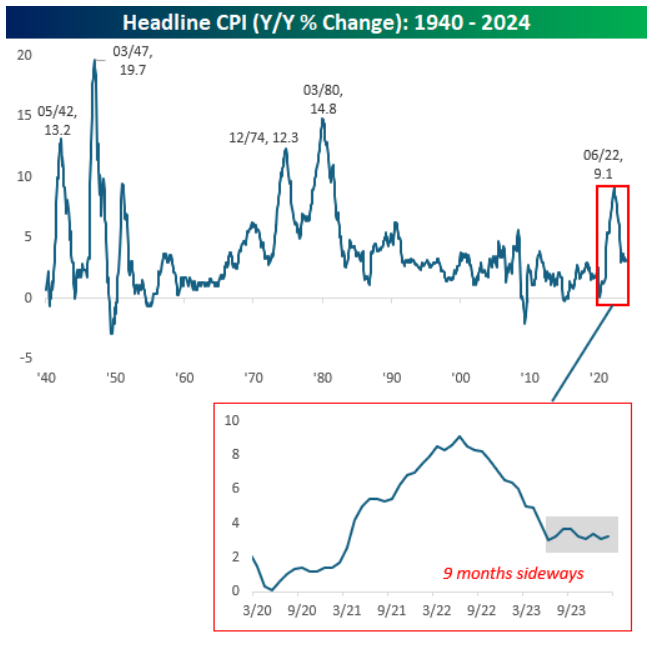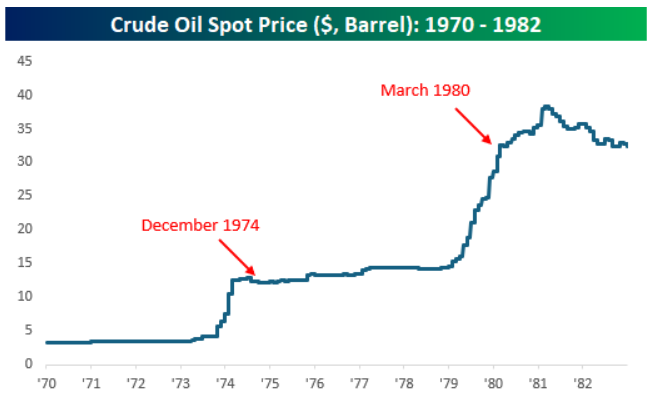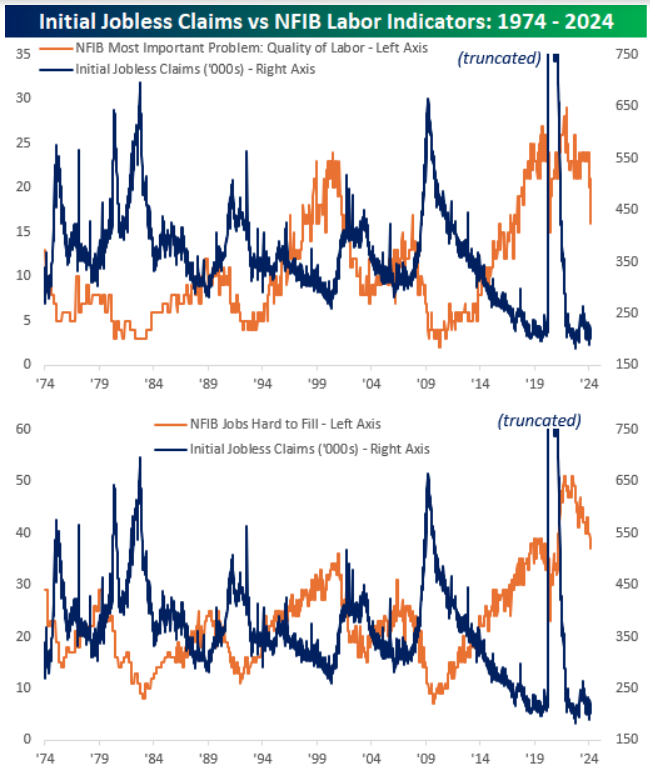A few years ago during Covid I decided to say “Yes” more. “No” is negative and exclusionary while “maybe” can be so unfulfilling. But yes is exciting and freeing while also sometimes being a little terrifying. Life is short, as they say, and I wanted to put myself out there and reset my definition of possible. So both in my personal and business life I was determined to move forward instead of getting stuck in analysis paralysis mode, as was my habit. Call it an occupational hazard.
This led to some exciting ramifications but I won’t bore you with all that here. Instead, let me briefly share some details about a recent yes adventure that was a powerful experience containing more than its share of pain.
As many of you know, after years of running ultramarathons I started dabbling in paddle sports some time back. Last year I was asked to join a crew trying to set a new world record for distance travelled by a dragon boat in 24 hours. I said yes at the time without really knowing what a dragon boat was. I had to Google it. But our team accomplished our goal and got to see a chunk of the historic Missouri River along the way. I can laugh about that experience now because it was something I never, ever thought I’d be doing. Would I still have said yes if I knew how hard it would be? Maybe not but I’m glad I did.
As often happens, one thing follows another and I was asked several months ago if I wanted to be part of a two-person crew paddling a handmade mahogany kayak called “The Condor” from Tampa Bay in Florida down to Key Largo in a race called The Everglades Challenge. Sounds pretty good, right? Am I a kayaker, no. So yes, of course I’ll do it!
Maybe my answer should have been definitely maybe. To say I had limited kayak experience would be stretching the point and my years of running gave me an aversion to sitting for long periods. My race partner would be a veteran of this race and races in Alaska, the Yukon Territory, even the Amazon. He’s written books on the topic but I barely knew him. Sounds even better, right?
However, I committed myself to the task, trained, and toed the starting line with many others on a Saturday earlier this month. The EC, as it’s called, allows sail and paddle craft of various types to enter but no motors allowed. And the challenge is unsupported. Family and crew can only provide moral support along the way. Bystanders can help but this can’t be prearranged. You’re on your own, in other words.
Our goal was straightforward: Paddle roughly 280 miles south to the finish by any available coastal route as fast as possible. Our plan was to head down the Intercoastal Waterway past cities, luxury homes, hotels, and trailer parks. We’d also head “outside” into the Gulf of Mexico for long stretches and eventually leave civilization behind as we passed through Ten Thousand Islands, Ponce De Leon Bay, Everglades National Park, and Florida Bay toward the finish. The race had three mandatory checkpoints and we stopped a few times for rest but I only notched a mystifying 2.5 hours of sleep over nearly four days.
The first day was an anxious one for me. The weather was good but my paddling experience had to this point mostly been in protected waters, often lakes and rivers. Now I was setting off into the unknown. I consider myself a strong paddler but would the seated position be doable for so long? Did I have enough food and water to make it to the first checkpoint? And why did I say yes to this again? These questions and more plagued me throughout much of the first day and night. We often paddled into wind and chop that worsened and, following the loss of our rudder earlier that day, had to work extra hard to keep the boat straight. It was a grind. Numerous justifications for quitting coursed through my mind. Hey, there are city lights over there… maybe let’s quit and I’ll buy the beer… I don’t know but if someone had given me an out that first night I may have taken it.
The second day was better as daylight resets our internal clock and outlook, or at least it does mine. Our plan was to paddle through the first night with a brief stop at the first checkpoint to refill water and not stop for rest until the second evening. As we did so I got more accustomed to the extremely long distances between landmarks. For example, a bridge taking shape on the horizon was an incremental goal – just make it to the bridge. But after what seemed like hours of paddling the bridge was still looming. Eventually we’d make it, of course, and then it’s on to the next bridge or cityscape. There’s something of a life lesson found in achieving one goal only to be presented with the next. Persistence and patience are critical.
We pulled over to a beach just south of the city of Naples for a rest that second night at about 1am. Maybe it was the amazing weather and the southern route calling me but, even tired as I was, I couldn’t sleep for more than an hour. But it was enough. Light pollution faded and the stars shone brightly as we left the beach. Maybe this experience isn’t so bad after all.
Small rewards loomed large. We were fortunate to hit the second checkpoint during daytime which meant the little restaurant on Chokoloskee Island was open. So it was Cuban sandwiches and café con leche before heading out again to paddle all night. This would be a long offshore stretch and I was excited to leave civilization behind.
The weather shifted around a bit but was otherwise beautiful the whole night. We were far enough south that I got to experience bioluminescence firsthand. My partner, in his sleep deprived state, kept asking if a light was on somewhere in the kayak, but it was living organisms generating a greenish-blue light through a chemical reaction. Fish large and small darted by and left trails like shooting stars. Our boat rippled colors and each paddle stroke scooped it up. I probably spent too much time paddling on one side while enjoying the light show. Maybe it was a small gift but, like surprise Cuban coffee, these experiences are part of what I say yes for, so might as well enjoy them!
My partner was exhausted but I was oddly exhilarated as the night progressed. We found a spit of sand to camp on for a few hours but, again, I was only able to grab a little sleep. My mental state didn’t help, but it was the roar of the mosquitoes inches away on my bivy sack that kept me up most. I’ve spent time in the woods and mountains and know a thing or two about the little nasties, but this was otherworldly. Oh well, I can sleep better later I guess.
With the rising sun we saw yet another goal looming far off, the landmass of Cape Sable and a decision. Should we round the Cape and keep navigation simple while adding mileage or take a shortcut through the Everglades. The choice was left to me. We had a good GPS track to follow so I felt it important to travel via the race’s namesake. So it was through Ponce de Leon Bay, up Shark River, and into the Land of Lions, Tigers, and Bears, Oh My!
Truthfully, our Everglades route left a little to be desired. Being a California boy I was more than half expecting to see gators, crocs, and massive pythons waiting to eat me. It ended up being the wind in our face and long distances that proved most frightening. But by this time I was so used to the grind that some prehistoric reptiles would have been a welcome distraction.
We eventually made it through the Everglades unscathed on our third afternoon to reach the final checkpoint at the tiny tourist outpost of Flamingo. There were great volunteers to receive us, a store, even showers, but all I wanted to do was leave. In the ultrarunning world there’s a saying admonishing you to “beware the chair” when you enter an aid station. The idea being you’re exhausted, you sit, you eat and drink, and then choose the chair over completing the race. I had thought about getting some sleep but Flamingo was the chair in this context, so we got out of there as quickly as we could.
After that I smelled the barn and got impatient to cover the final 35 miles to Key Largo. My impatience (and maybe a little hubris) was met with the often-shallow waters of Florida Bay that demand careful navigation, a headwind, and what felt like an outgoing tide – it was going to be a long night.
In hindsight, this is when several things conspired against us. My partner was tired but grinding as only a veteran of many grueling races can. I, on the other hand, was running on maybe a quarter tank of fuel with many miles left to go. The wind came on as the sun went down. I took waves to my face more than once as I marked our slog against a constellation to my left. Progress was incredibly slow but we kept at it, paddling hard and clawing our way forward.
We eventually made it far enough to get some protection from the backside of an island. I felt the rush of accomplishment and pride at getting through the rough patch. The lights of Key Largo were finally visible in the distance. Yes, we’ve got this! Let’s go! There’s nothing quite like the exhilaration one feels at accomplishing a goal.
That is until you start hallucinating and get all turned around, mired in shallows in the middle of a windy night with a thunderstorm coming in. At least it wasn’t cold! We had inadvertently gotten off our GPS track and found ourselves stuck in mere inches of water going on for what seemed like forever. At multiple points we were literally dragging our canoe through knee-deep mud in an easterly direction knowing (hoping?) that we’d eventually hit deeper water.
After battling like this for hours and my fuel gauge on just about empty, we finally got into some decent water and paddled into Key Largo. The end of the race is a small beach hotel that looks just like all of it’s neighbors. It was barely 6am and all was dark, so it took a bit of work to find but we were greeted quietly by a couple of friends and then off to bed for some much-needed rest.
Ultimately, my EC experience was grueling and sublime. The physical test was easily outweighed by the psychological. I wanted to quit so often and had come up with elaborate ways to justify this but I’ll never know how serious I was. Frankly, how could I quit anyway when it would probably take me longer to get “rescued” than to just keep paddling. So do what you set out to do. I eventually trained myself to counter negative thoughts by finding something beautiful to look at, which was easy because there were so many. Cloud formations, light on the water, spoonbills in flight, an open horizon.
Saying yes launched me into the unknown. Would I still have said yes if I knew what I was getting into? I like to think so. Saying yes is all about getting out of my comfort zone and finding adventure in ways large and small. Testing myself and expanding what I think is possible. My patience, persistence, and intestinal fortitude were stretched and I more or less overcame some of my foibles to get the job done. I’m proud of that.
I’m not trying to tell you how to live your life and I hope you don’t mind me sharing my story. And I’m not advocating doing crazy stuff under the banner of “I just say Yes all the time”. Instead, maybe make it a goal to say yes to something that peaks your interest but your rational mind initially scoffs at. The size and scope of your yes doesn’t matter. Whatever it is, and even if there’s some pain involved, there’s power in saying yes that’s hard to find elsewhere in life. Good luck wherever your yes leads you!
Have questions? Ask us. We can help.






